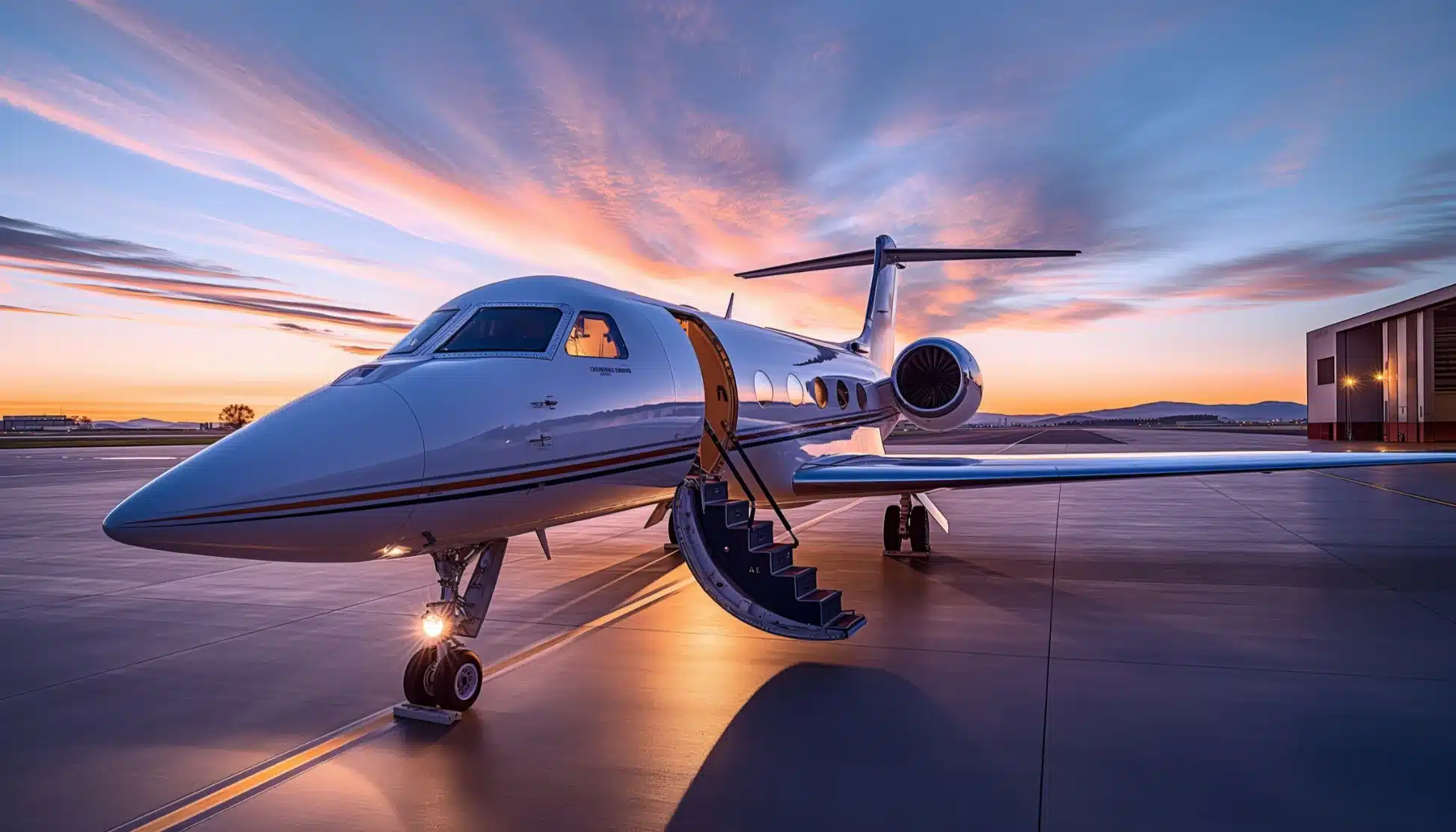Definition
Aircraft yaw control refers to the management and manipulation of an aircraft’s rotation around its vertical axis, known as the yaw axis, which is essential for directional stability and precise navigation during flight. The nose of the aircraft pivots around this axis during yaw movements. This control dimension enables pilots to coordinate turns, counteract adverse aerodynamic effects, and maintain straight flight paths.
Yaw control is executed primarily through the rudder, located on the vertical stabilizer, along with supplementary systems such as yaw dampers and differential thrust in multi-engine aircraft. Mastering yaw control is crucial for ensuring flight safety, executing coordinated maneuvers, and maintaining directional stability in various flight conditions.
Key Takeaways
Fundamental Aircraft Movement – Yaw is one of the three primary axes of aircraft motion, working in conjunction with roll and pitch to provide complete spatial control in three dimensions.
Directional Stability – Effective yaw control is essential for maintaining coordinated flight, preventing slips and skids, and ensuring precise navigation and tracking.
Control Mechanisms – Yaw is primarily managed through rudder inputs and other control surfaces, with supplementary systems like yaw dampers and differential thrust enhancing stability and control in modern aircraft.
Types of Aircraft Yaw Control Methods
Rudder Operation
The rudder, located on the tail of the aircraft, is the primary flight control for yaw management, pivoting on the trailing edge of the vertical stabilizer. Pilot inputs through rudder pedals deflect this surface, creating aerodynamic forces that rotate the aircraft around its vertical axis.
Adverse Yaw Management
Adverse yaw occurs during aileron use when turning, creating unwanted rotation opposite to the intended direction. This happens due to differences in lift between the wings during a turn. Pilots counteract this through coordinated rudder inputs or using specially designed ailerons that minimize this effect through differential drag.
Yaw Damper Systems
Modern aircraft incorporate yaw dampers—automatic systems that detect and correct unwanted yaw oscillations, enhancing passenger comfort and reducing pilot workload during extended flight operations. Yaw dampers help to control unwanted yawing motion, enhancing stability during flight.
Differential Thrust Application
In multi-engine aircraft, pilots can create yaw moments by applying different power settings to engines on one side of the aircraft, providing additional control options particularly useful during engine-out scenarios.
Yaw Rate Monitoring
Instruments such as turn coordinators and yaw rate sensors measure angular velocity around the vertical axis, providing pilots with crucial feedback for maintaining coordinated flight. Yaw rate sensors are particularly important when the aircraft is moving at a constant speed, as they measure the angular velocity around the vertical axis under these conditions.
Center of Gravity Management
Proper weight distribution affects yaw stability, with aircraft designers placing considerable emphasis on center of gravity limits to ensure predictable yaw characteristics. Managing the center of gravity is crucial as it directly influences the extent of yaw stability, highlighting the importance of understanding the degree of movement involved.
Cross-Control Techniques
Advanced pilots employ cross-control techniques—combining rudder with opposite aileron—to maneuver the aircraft in a left or right direction for specialized maneuvers such as forward slips for altitude management while maintaining directional control.
The Critical Implications of Yaw Control in Aviation
Aircraft yaw control plays a vital role in the aviation industry by ensuring safe, stable, and precise flight operations. It encompasses a fundamental dimension of aircraft motion that directly impacts navigation accuracy, passenger comfort, and overall flight safety. Maintaining a straight course is essential for efficient navigation and stability.
One of the primary functions of yaw control is maintaining coordinated flight, which refers to the state where an aircraft turns without slipping or skidding. Efficient rudder management and yaw control techniques enable pilots to execute perfectly coordinated turns, preventing uncomfortable side forces on passengers and ensuring optimal aerodynamic efficiency. This coordination is the backbone of directional stability, much like ground handling is the backbone of airport operations.
Safety is another key aspect of yaw control. Proper rudder inputs, yaw damper operation, and monitoring of yaw instrumentation help prevent dangerous flight conditions such as spins and spiral dives. Additionally, well-trained pilots follow established procedures for yaw management during critical phases of flight, including takeoff, landing, and engine-out scenarios, ensuring compliance with safe operating practices. Yawing can affect the trajectory and stability of the aircraft, emphasizing the importance of yaw control.
Beyond operational safety, yaw control also contributes to passenger comfort. Smooth coordination between roll, pitch, and yaw inputs eliminates uncomfortable sensations of slipping or skidding, enhancing the overall travel experience. Passengers expect smooth flight transitions, and mastery of yaw control plays a crucial role in meeting those expectations.
Yaw control is not only vital for routine flight operations but also for specialized flying scenarios. In aerobatic flying, precise yaw control enables complex maneuvers, while in commercial operations, it ensures tracking of navigation courses with pinpoint accuracy. Military and tactical flying relies on exceptional yaw control for weapons delivery and tactical maneuvers. Understanding these movements is crucial for pilots to effectively manage aircraft behavior during flight operations.
Ultimately, aircraft yaw control is a fundamental pillar of aviation proficiency, keeping flights safe, comfortable, and precise. Without it, pilots would struggle to maintain directional control, navigation accuracy, and passenger comfort during all phases of flight.
Summary
Aircraft yaw control is an indispensable component of flight operations, ensuring directional stability, navigational precision, and passenger comfort. Effective yaw control is essential for maintaining a precise course during flight operations. From maintaining coordinated turns to preventing dangerous flight conditions, yaw control techniques play a crucial role in keeping flights safe and efficient.
Whether for student pilots learning fundamentals, commercial pilots navigating established routes, or military aviators executing tactical maneuvers, mastery of yaw control is essential for the safety and success of all flight operations. The ability to precisely manage an aircraft’s movement around its vertical axis remains one of the defining skills of professional aviators worldwide.

